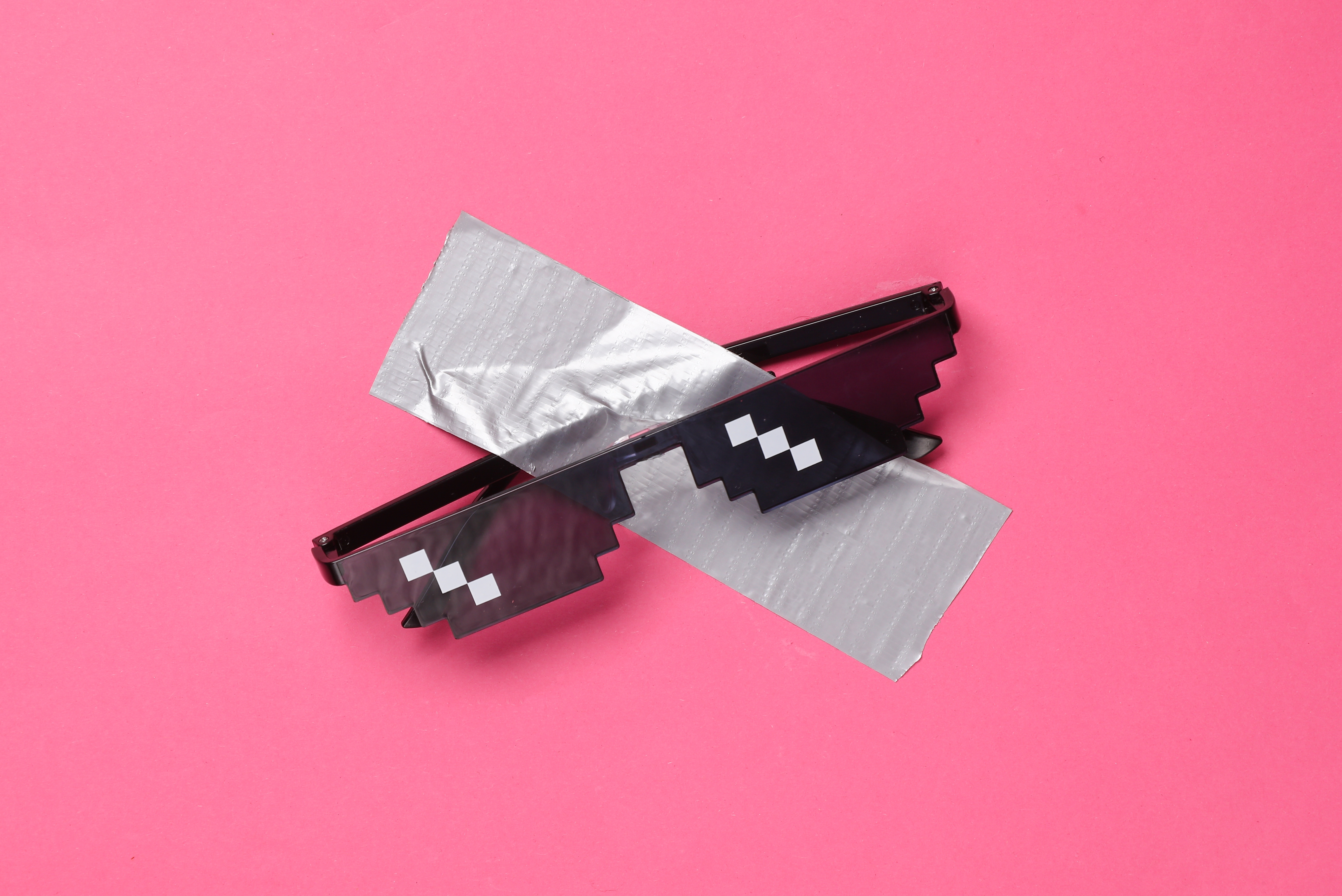Memes: The Artistic Masterpieces of the Internet... Sort of!
In the chaotic realm of the internet, where cat videos and conspiracy theories wage an eternal battle for our attention, one digital creation has managed to rise above the rest: the humble meme. Yes, those bite-sized nuggets of humor and absurdity that flood our social media feeds have unwittingly become the pop art of the digital age. But can we truly consider memes as art? Well, that's a question worth pondering between fits of laughter.
A Canvas of Pixels and Wit
Picture this: a blank canvas, infinite in its possibilities, ready to be adorned with the strokes of a digital brush. That's right; we're talking about the canvas of pixels where memes come to life. From the classic "Distracted Boyfriend" to the "Two Buttons" dilemma, memes are more than just a mishmash of images and text; they are tiny, pixelated masterpieces.
Great art often resonates with people on a deep and emotional level. Memes, in their own peculiar way, achieve this too. Ever stumbled upon a meme that perfectly encapsulates the absurdity of your everyday life? That's a moment of relatability, my friend, and it's a cornerstone of art. Who knew that a cat playing the keyboard could express the futility of the human condition so beautifully?
A Brief History of Memes
The term "meme" was coined by evolutionary biologist Richard Dawkins in his 1976 book "The Selfish Gene." He blended the Greek word "mimeme" with "gene" to describe cultural units of information—ideas worth sharing, passing on, and copying. However, memes didn't start with Dawkins or the internet; some linguists argue that humans have been using memes as a means of communication since ancient times.
The Evolution of Dankness
Art evolves, and memes are no exception. They have their own evolutionary scale, from "normie" to "dank." The dankest memes are like the avant-garde art of the internet, pushing the boundaries of humor and absurdity. If Picasso were alive today, he might just be creating surreal memes instead of cubist paintings.
Behind every great meme is an unsung hero, a meme artist who skillfully combines the right images, text, and timing to create an internet sensation. Move over, Michelangelo; meme artists are the true visionaries of our time. They might not have a Sistine Chapel, but they've got Photoshop and a wicked sense of humor.
Meme Critics and Connoisseurs
Just as the art world has its critics and connoisseurs, so too does the world of memes. Meme critics scrutinize the subtleties of humor and cultural references, while connoisseurs appreciate the nuanced layers of absurdity. It's like the art world's very own battle of highbrow vs. lowbrow, except it's all done with a dash of humor.
Art becomes famous through exhibitions, and memes? Well, they achieve virality. When a meme goes viral, it's like a digital art installation that captivates the internet's attention. It spreads like wildfire, leaving us pondering life's greatest questions, such as "Is 'This is Fine' still relevant in 2023?“
Stjepan Šandrk and Meme inpired Art
We've already established that considering memes as an art form is questionable, to say the least. However, there is one real-life artist who has found inspiration in the phenomenon of internet memes for his latest series and has turned them into 'real' art. His name is Stjepan Šandrk, and he is an famous Croatian Artist.
As an artist, he aims to provoke reflection on how technology impacts our perception of reality and our interactions with others.
His latest series titled "Images from the Metaverse" is a collection of figurative paintings that delve into themes such as augmented reality, social networks, artificial intelligence, the phenomenon of selfies, and more, all through a dialogue between the analog and the digital. The project involves the production and exhibition of around twenty large-format artistic paintings created using the oil on canvas technique. These paintings serve as a reminder of the importance of being aware of how digital media have become an integral part of our daily lives. Part of the series includes figurative depictions of well-known internet memes, such as "Grumpy Cat." What adds an intriguing twist is that these artistic renditions of memes have been transformed into NFTs on the Endemic Marketplace.
A Meme Becomes a Work of Art When We Transform it Tnto an NFT
We couldn't have imagined a better person to ask about whether a meme can be considered a work of art, so we had a conversation with him on this topic. Here's what he told us:
"I believe that memes, although in a gray area, are not an art form in themselves. Why? Because they didn't originate with that intention. The person who created them didn't have the intention of creating art (often they arise accidentally), and most importantly, they don't function within the art system of markets and institutions.
Duchamp showed us that any object (like a urinal) can be art if we authorize it and place it on a pedestal in a museum. Memes lack that characteristic.
A meme can become art when it becomes an NFT because, in doing so, it is positioned as a unique event or artifact in the world. It can, but it doesn't have to. Of course, once it becomes an NFT, it ceases to be a meme. A meme is a virus; it spreads virally, and that's how it got its name, from Richard Dawkins."
The Ephemeral Nature of Memes
Art often strives for timelessness, while memes embrace their ephemeral nature. A meme's shelf life is often shorter than a loaf of bread, but during that brief moment, it can bring joy, laughter, and a sense of camaraderie to millions. It's like the shooting star of the internet, burning bright for a moment and then fading away.
So, can memes be considered art? Well, they may not hang in prestigious museums or fetch millions at auctions (unless you count NFT memes), but they are undoubtedly artistic expressions that capture the zeitgeist of our digital age.

